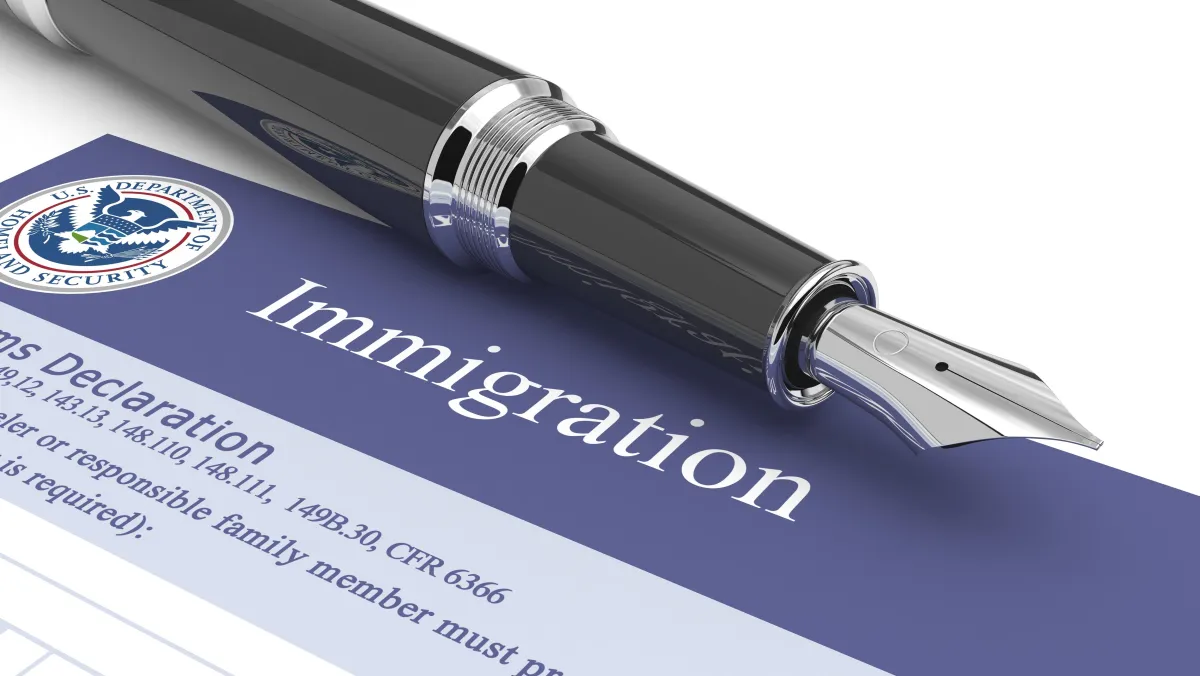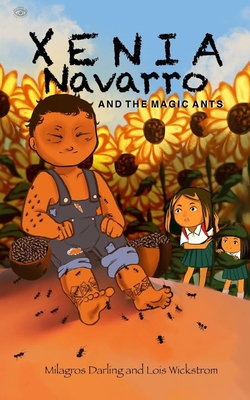Articles
Exploring History's Greatest Adventures throughout time!


Coming to America: Celebrate Citizenship Day on September 17, 2023
“If we ever closed the door to new Americans, our leadership in the world would soon be lost.” - President Ronald Reagan
Each year on September 17, we celebrate both U.S. Constitution Day and National Citizenship Day. There’s a very good reason for this. It’s when the U.S. Citizenship and Immigration Services (USCIS) encourages all Americans to reflect on the rights and responsibilities of citizenship and what it means to be a U.S. citizen. It’s the day many immigrants choose to complete their naturalization process.
In honor of U.S. Citizenship Day, guest author Lois Wickstrom has assembled this brief immigration history and explains some of the roadblocks to citizenship for some of today’s Dreamers.
Coming to America
Until about 20,000 years ago, no humans lived in the land we now call the United States of America. At that time the sea level was low, and a land bridge existed between Siberia and Alaska. The first Americans crossed that bridge. They roamed freely all across the land, hunting and gathering food for thousands of years.
In about the year 985 CE, people from Norway built a colony of about 400 to 700 people in the northeastern part of America.
In 1564, French settled in Florida.
In 1606, the London Company began colonizing what is now Virginia. Immigrants from Germany, Sweden, Netherlands, France, England and other soon followed. They came to seek a better life, escape religious and other persecutions, or simply for adventure. They settled in colonies up and down the coast of the New World.
By 1776, the newly formed United States had 2.5 million people.

In the earliest days, citizenship in the United States was granted for three reasons:
You were born on U.S. soil
You were the child of a U.S. citizen (no matter where in the world you were born)
You promise your loyalty to the United States.
That meant anybody who lived in America or wanted to, was a citizen.
Later, different laws added or adjusted a residency requirement. That means a person had to live in the country for a period of time before they could become a citizen. People from all over the world came to settle America.
It is important to note that not all immigration was intentional. When the New World was still young, Europeans enslaved Africans to provide labor for building their new colonies. They also sent criminals from England to serve as enslaved workers until their sentence was up. For some, that meant life. People of the United States continued to import humans as slaves after 1776 until The Act Prohibiting the Importation of Slaves went into effect in 1808. The Act did not end slavery or the domestic sale of humans, but it stopped the importation of new enslaved people.
In 1882, Congress passed a law that required every non-citizen entering the country to pay a tax of 50 cents. That's about $15 today. They used the money from this tax to fund the Immigration Service, which built Ports of Entry. One of the most famous ports was Ellis Island.
After World War I, Congress worried about a post-war rush of immigrants. The Emergency Quota Act of 1921 and National Origins Act of 1924 said that the numbers of people who could enter would be a percent based on the heritage of current population. Since most American citizens had come from Western and Northern Europe, it meant that most immigrants would also come from Western and Northern Europe.
People from Asia, Eastern and Southern Europe and other places could not come to America. The law discriminated against them. Even Hitler enjoyed quoting the American immigration law.
During World War II, many Americans were overseas fighting. So the United States created a non-immigrant program to help those who had farms to tend at home. The Bracero program allowed people from Mexico to come to the United States as migrant workers to help farmers during the war.
Many farmers refused to use the program because it would cost them a lot of money. They encouraged lower‐cost illegal immigrant workers to help them instead. Neither the legal nor illegal workers could become citizens because of the limitations of the census-based origins formula.
On October 3, 1965, President Lyndon B. Johnson said when signing the new law, "this [old] system violates the basic principle of American democracy, the principle that values and rewards each man on the basis of his merit as a man. It has been un-American in the highest sense, because it has been untrue to the faith that brought thousands to these shores even before we were a country."
He created a new law eliminated the census as a way to decide who can enter the United States. But the new law said only families of current citizens and people who have certain useful skills could come. The farm workers didn't have those skills.
The number of illegal immigrants grew because the act did not provide a way for uneducated or unskilled people to enter the country. And it did not include another guest-worker provision to replace the Bracero program.
But farmers still needed help harvesting crops. The end of the Bracero program left about 2 million Mexican workers stranded in the southwestern states. They didn't have enough money to pay their way back to Mexico. Where they were once legal, they were instantly illegal..

The 2001 Development, Relief, and Education for Alien Minors (DREAM) Act gave rise to the term “Dreamers” for young undocumented immigrants. It would allow individuals conditional permanent resident (CPR) status if the person has Deferred Action for Childhood Arrivals (DACA) (now defunct) or meets all of the following requirements:
Came to the United States as a child
Has been admitted to an institution of higher education, has graduated high school or obtained a GED, or is currently enrolled in secondary school or a program assisting students to obtain a high school diploma or GED
Has not participated in the persecution of another person
Has not been convicted of certain crimes
Since 2001, Congress tried to pass this and several other bills that would create a path to citizenship for people who came to the United States without an immigration visa, or who had overstayed their immigration visa. Those bills did not pass.
The U.S. Immigration and Customs Enforcement was formed in 2003. ICE arrests and detains undocumented immigrants. Then it deports them to their country of origin, mostly to Mexico. Parents who are undocumented are sent away from their children who are U.S. Citizens. About 4.4 million American-born children have at least one undocumented parent.
In 2014, Vice-President Biden said, You know, 11 million people live in the shadows... These people are just waiting, waiting for a chance to contribute fully. And by that standard, 11 million undocumented aliens are already Americans, in my view.”
As of 2019, about a million people around the world are waiting for immigration permits. The U.S. Government estimates many will wait ten years because of limits on how many people are allowed to enter the United States each year.
Today at least 16.7 million people live with at least one family member who is undocumented.
Help mixed-status families stay together
Children who are citizens are often left to live in this country without their undocumented parents. This wouldn't happen if their parents could get documented. Here are some ways those parents might be able to stay in this country legally. Please share these resources with anyone you know who might benefit from them:
3 ways for a U.S. citizen child to petition for an undocumented parent
5 Paths to Legal Status for Undocumented Immigrants
USCIS educational materials to help immigrants prepare for the naturalization process
People all over the world dream of the freedom and opportunities that America offers. If you have other ideas to help them, please write your congressional representatives and senators
Recommended Reading

Xenia Navarro and the Magic Ants
by Milagros Darling and Lois Wickstrom
American sixth grader, Xenia Navarro lives with her Mexican mother, an undocumented resident, and her older brother Lucas in Pennsylvania. Her American father was killed while on duty in Iraq, but before marrying Xenia's mother. Now their mother has been arrested and is about to be deported. Family drama becomes American politics, mixed with a touch of science fiction. Reading age 8 to 12.
FREE patriotic coloring pages

© 2023. Historic Books for Kids - All Rights Reserved
Reading Pennsylvania, USA
